The Home Mortgage Finance Market is currently characterized by a dynamic competitive landscape, driven by factors such as technological advancements, regulatory changes, and evolving consumer preferences. Major players like Wells Fargo (US), JPMorgan Chase (US), and Quicken Loans (US) are strategically positioning themselves through digital transformation and enhanced customer engagement initiatives. These companies are increasingly focusing on streamlining their operations and improving user experience, which collectively shapes a competitive environment that is both innovative and customer-centric.
In terms of business tactics, companies are localizing their services to better meet regional demands while optimizing their supply chains to enhance efficiency. The market appears moderately fragmented, with a mix of large institutions and smaller players vying for market share. The collective influence of key players, particularly in terms of technological investment and customer service, is likely to dictate the competitive structure moving forward.
In August 2025, Wells Fargo (US) announced a significant investment in artificial intelligence to enhance its mortgage underwriting process. This strategic move is expected to reduce processing times and improve accuracy, thereby increasing customer satisfaction and potentially capturing a larger market share. The integration of AI into their operations signifies a commitment to innovation and efficiency, which may set a new standard in the industry.
In September 2025, JPMorgan Chase (US) launched a new digital platform aimed at simplifying the mortgage application process for first-time homebuyers. This initiative reflects a growing trend towards user-friendly digital solutions, catering to a demographic that increasingly prefers online interactions. By focusing on this segment, JPMorgan Chase is likely to strengthen its market position and foster long-term customer loyalty.
In July 2025, Quicken Loans (US) expanded its partnership with fintech companies to enhance its digital offerings. This collaboration is indicative of a broader trend where traditional mortgage lenders are leveraging technology to improve service delivery. By integrating innovative solutions, Quicken Loans aims to differentiate itself in a competitive market, potentially leading to increased market penetration and customer retention.
As of October 2025, the competitive trends in the Home Mortgage Finance Market are heavily influenced by digitalization, sustainability, and the integration of artificial intelligence. Strategic alliances among key players are shaping the landscape, fostering innovation and enhancing service delivery. Looking ahead, it appears that competitive differentiation will increasingly hinge on technological advancements and supply chain reliability, moving away from traditional price-based competition towards a focus on innovation and customer-centric solutions.
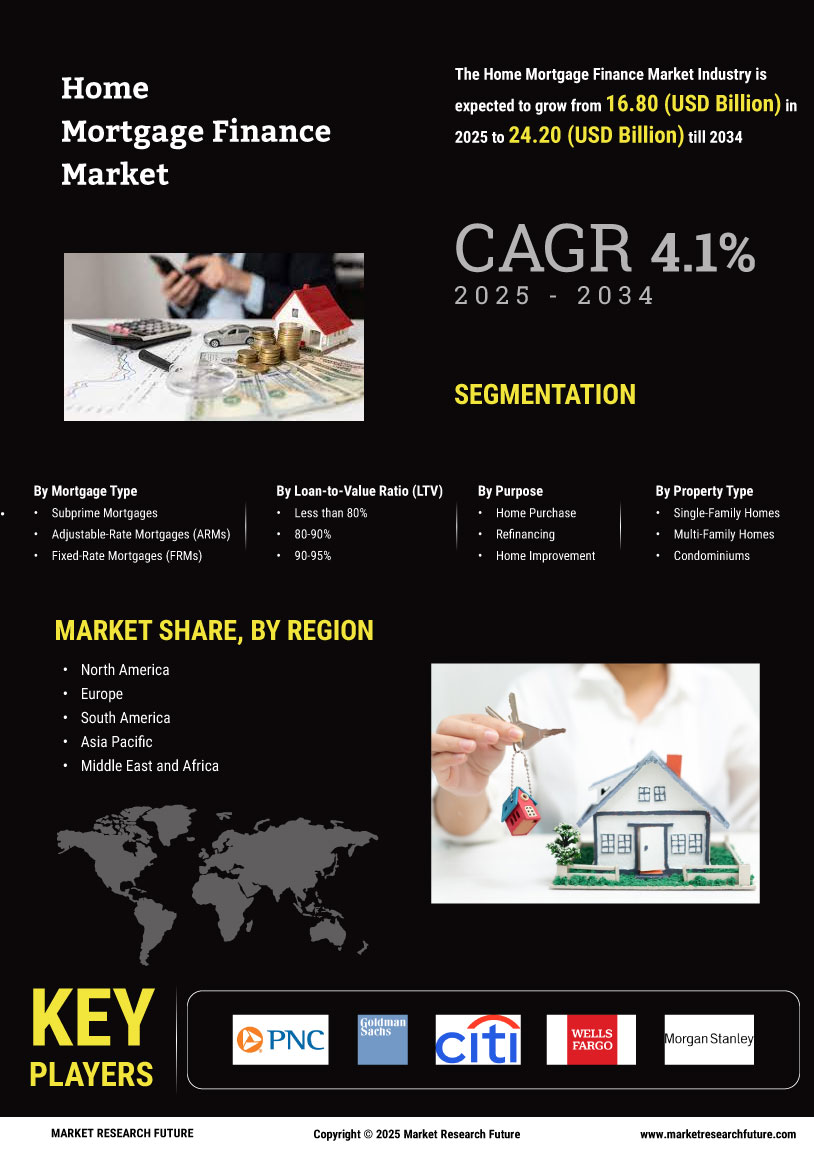

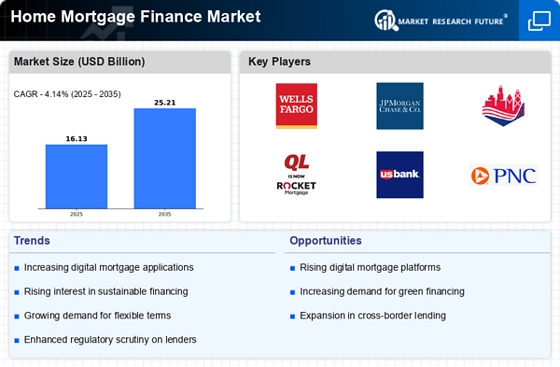
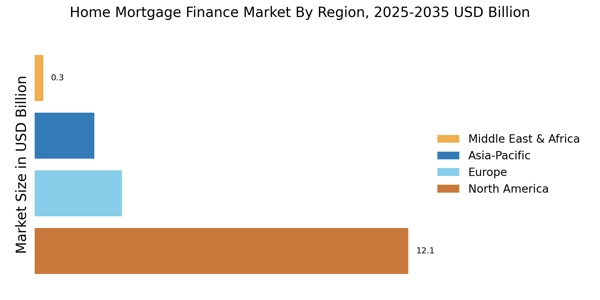

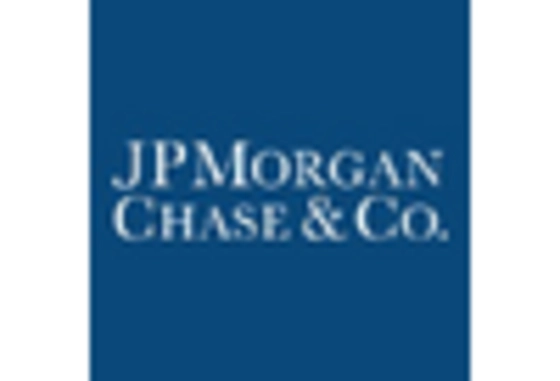
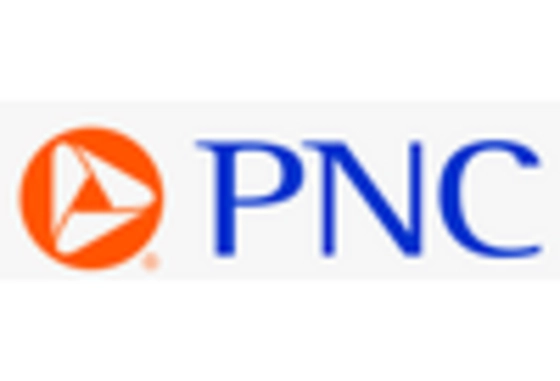
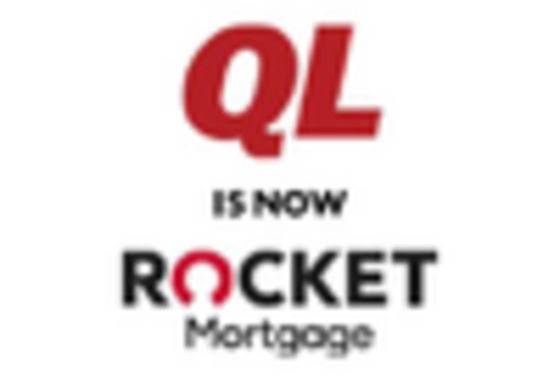
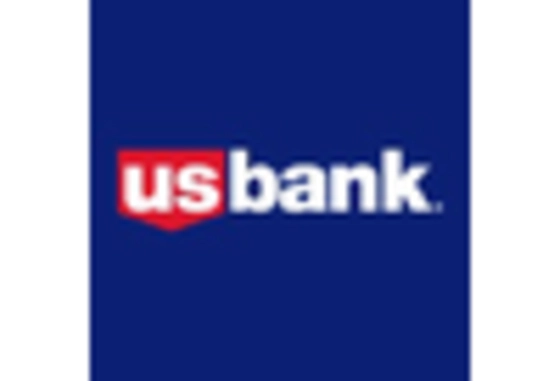
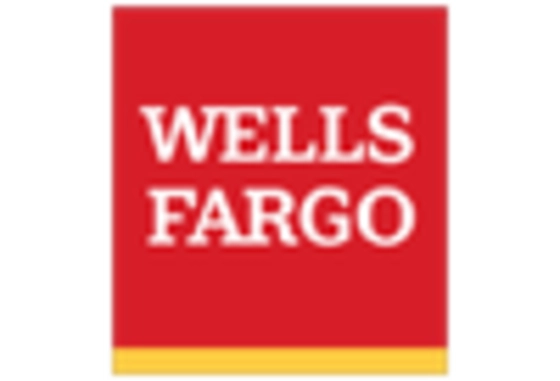








Leave a Comment